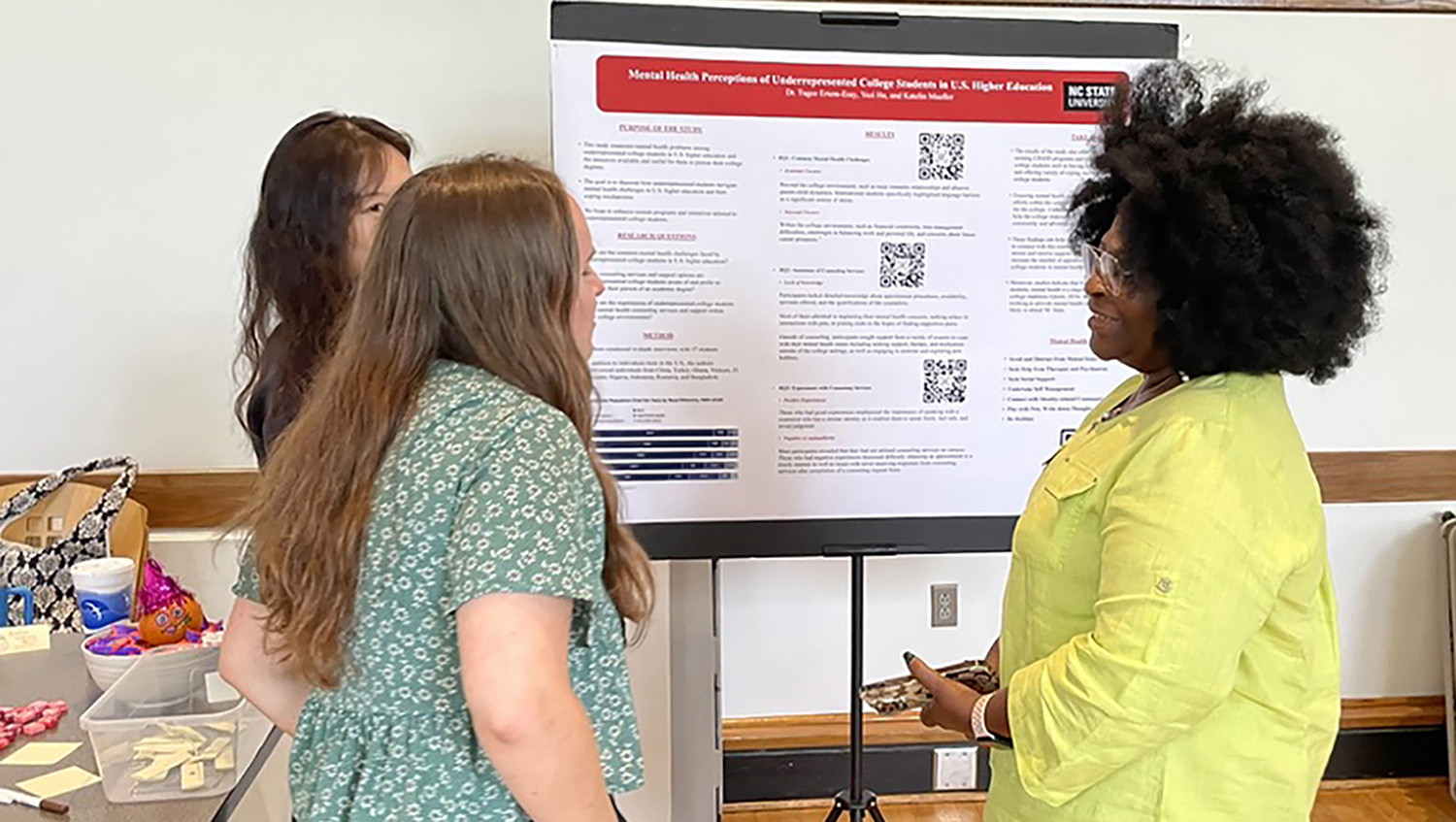A recent study offers insight into how adults can navigate the often awkward experience of moving back in with their parents.
“People move back in with their parents for a lot of reasons, and the trend is increasing due to the COVID-19 pandemic and related economic woes,” says Lynsey Romo, co-author of the study and an associate professor of communication at North Carolina State University.
“We launched this study before the pandemic happened because we wanted to learn more about how adults who move back in with their parents manage that process,” Romo says. “How do they think about it? How do they talk about it?
“We think the findings are valuable because they provide some guidelines people can use to help ensure that ‘moving back home’ is a step forward instead of a step backward,” Romo says.
For this study, researchers conducted in-depth interviews with 31 adults between the ages of 22 and 31. And the findings were straightforward.
“On one hand, study participants were certainly aware of the stigma associated with moving back in with one’s parents as an adult,” Romo says. “However, it was equally clear that framing the decision to move back in with one’s parents as an investment in the future helped people think about the decision in a positive way and communicate about it in a positive way.”
Specifically, the researchers found there were four things people did to make the move back home a positive experience for themselves and their parents.
1). Communicate clear expectations: It was important to have clearly defined expectations for both parents and adult children. For example, do the children pay rent? Are they expected to be home by a certain time each evening?
2). Contribute to the household: Things worked more smoothly when grown children made clear what they would do to benefit the larger household, such as attending to domestic chores.
3). Lay out intended timelines: It was good for all parties when the people moving back home had thought out how long they would be living with their parents, what their career and financial goals were, and how living with their parents would help them achieve those goals.
4). Embody adult behavior: Adults returning home should avoid slipping into habits formed when they were children, if they want to be treated as adults. In short, both parents and their grown children should give and expect respect in their relationships.
“Moving back home is a reality for a lot of people right now,” Romo says. “Hopefully, this work will help them make the most of that circumstance and avoid any stigma associated with it.”
The study, “A Normative Approach to Understanding How ‘Boomerang Kids’ Communicatively Negotiate Moving Back Home,” is published in the journal Emerging Adulthood. Corresponding author of the study is Jenna Abetz, an associate professor of communicaton at the College of Charleston.
-shipman-
Note to Editors: The study abstract follows.
“A Normative Approach to Understanding How ‘Boomerang Kids’ Communicatively Negotiate Moving Back Home”
Authors: Jenna S. Abetz, College of Charleston; and Lynsey K. Romo, North Carolina State University
Published: May 7, Emerging Adulthood
DOI: 10.1177/21676968211012584
Abstract: The present study adopts a normative approach to examine the context-specific dilemmas and strategies experienced by individuals returning to their parental home after living independently. Through 31 in-depth interviews with individuals ranging in age from 22 to 31, we identified that the central communicative dilemma participants experienced was articulating the decision to move back home as an investment in the future rather than a source of stigma. Participants indicated various strategies to destigmatize the decision to move home and make the experience a positive step toward their futures and in their relationships with their families: communicate clear expectations, contribute to the household, embody adult behavior, and articulate clear timelines. The findings shed light on the complexities of creating an adult identity at a transitional time and supplement understanding of the moving—back—home experience by illustrating how adulthood embodies specific meanings in this context.
This post was originally published in NC State News.
- Categories:



